Country Lithuania Size 12 vessels | Type Navy Founded 1 August 1935 | |
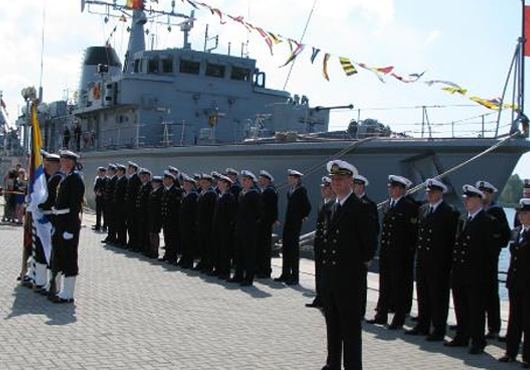 | ||
Active 1935–1939, 1992 - present Role Control, protect and defend territorial sea and exclusive economic zone. Similar Lithuanian Air Force, Lithuanian Armed Forces, Lithuanian Land Force, Baltic Naval Squadron, Latvian Naval Forces | ||
The Lithuanian Navy is the naval arm of the Lithuanian Armed Forces. Though formally established on 1 August 1935 its roots stretch back as far as naval engagements on the Baltic Sea in the Medieval period. Lithuanian naval units saw some service with Soviet naval forces during World War II, and the navy has been re-established in its own right and continues to expand since Lithuania's independence in 1990.
Contents
- Roots
- Establishment
- The impact of World War II
- Development after the declaration of independence
- Function
- References
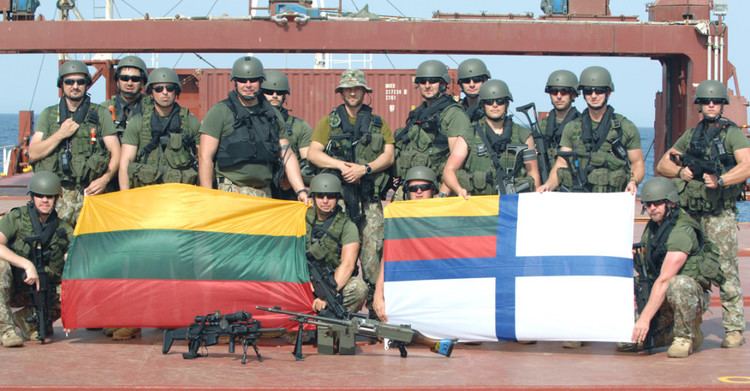
Roots
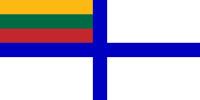
Although the origin of the Lithuanian Navy dates back to the period between World War I and II, the history of the involvement in naval battles existed earlier. The Baltic tribe of Aistians that settled down in the Baltic Sea shore built ships and used them for trade as well as for military purposes. Furthermore, according to annals, in the 13th century other Baltic tribes, the Coronians and Samogitians, tried to destroy the castle of Riga coming by ships. It is also known about the Lithuanians’ victory in the ship battle in Nemunas River at the time when Duke Vytenis ruled the Duchy of Lithuania. The most known and important naval victory was achieved by great hetman Jan Karol Chodkiewicz on 24 March 1609 near Salismünde (now Salacgrīva in Latvia) where he defeated a Swedish fleet burning two enemy ships and losing none and hence breaking the blockade of Riga city. But generally the loss of territories near the Baltic Sea had a negative impact on Lithuania's maritime development.
Establishment
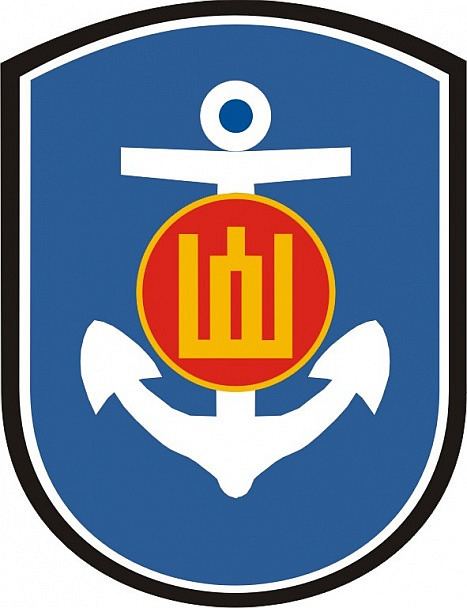
After World War I, the Government of Lithuania attempted to establish a maritime defense force. However, due to various political and economical reasons, the maritime defense force was only partially implemented. In 1923, Lithuania gained the control of Klaipėda harbor and gradual development of the maritime defense force started. The purchase of a minesweeper in 1927 was one of the first significant steps to implement Lithuanian Government aims. The ship was commissioned as the training ship Prezidentas Smetona (President Smetona). Captain Antanas Kaskelis was assigned as ship's commanding officer. Several small boats carried out patrol duties in Klaipėda harbor. Naval officers were educated abroad. On 1 August 1935, the commander in chief of the Lithuanian Armed Forces, General Stasys Rastikis, officially established the Lithuanian Navy as a branch of the Lithuanian Armed Forces.
The impact of World War II
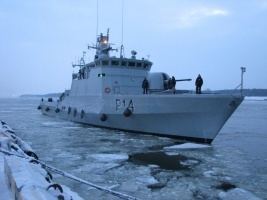
Before the beginning of World War II on 22 March 1939 the region of Klaipėda was occupied by Germany. Once the war started Lithuanian naval ships were forced to leave Klaipėda for Liepāja harbor in Latvia. During the Soviet occupation, the Lithuanian Navy was attached to the Soviet Union's Baltic maritime defense force. The Prezidentas Smetona was renamed Korall and participated in the sea battles against Nazi Germany's Kriegsmarine. On 11 January 1945, the ship triggered a mine and sank in the Gulf of Finland.
Development after the declaration of independence

After the declaration of independence on 11 March 1990, Lithuania had to re-establish its sovereignty as well as organize the state's defense system. From that time the units of the Lithuanian armed forces were formed. On 4 July 1992, the Lithuanian Navy was re-established. Juozapas Algis Leisis was appointed as commander of the Coast Guard Squadron.
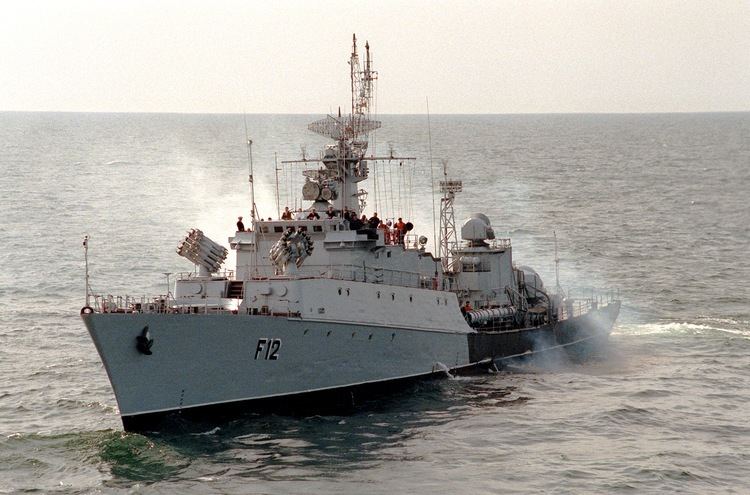
In the fall of 1992, the Lithuanian Navy procured two Grisha class corvettes, Zemaitis (F11) and Aukstaitis (F12). After the crew training period in June 1992 both corvettes participated in the international exercise US Baltops 93. This was the beginning of the international cooperation of the Lithuanian Navy with other navies.
Another milestone in Lithuanian naval history was the establishment of the Sea Coastal Surveillance Company in 1993 which later was transformed into the Sea Coastal Surveillance Service. On 1 April 2004, Lithuania became an official member of the NATO alliance. Currently the Lithuanian naval forces are undergoing rapid modernization.
Function
Main tasks of the Lithuanian Naval Force are:
